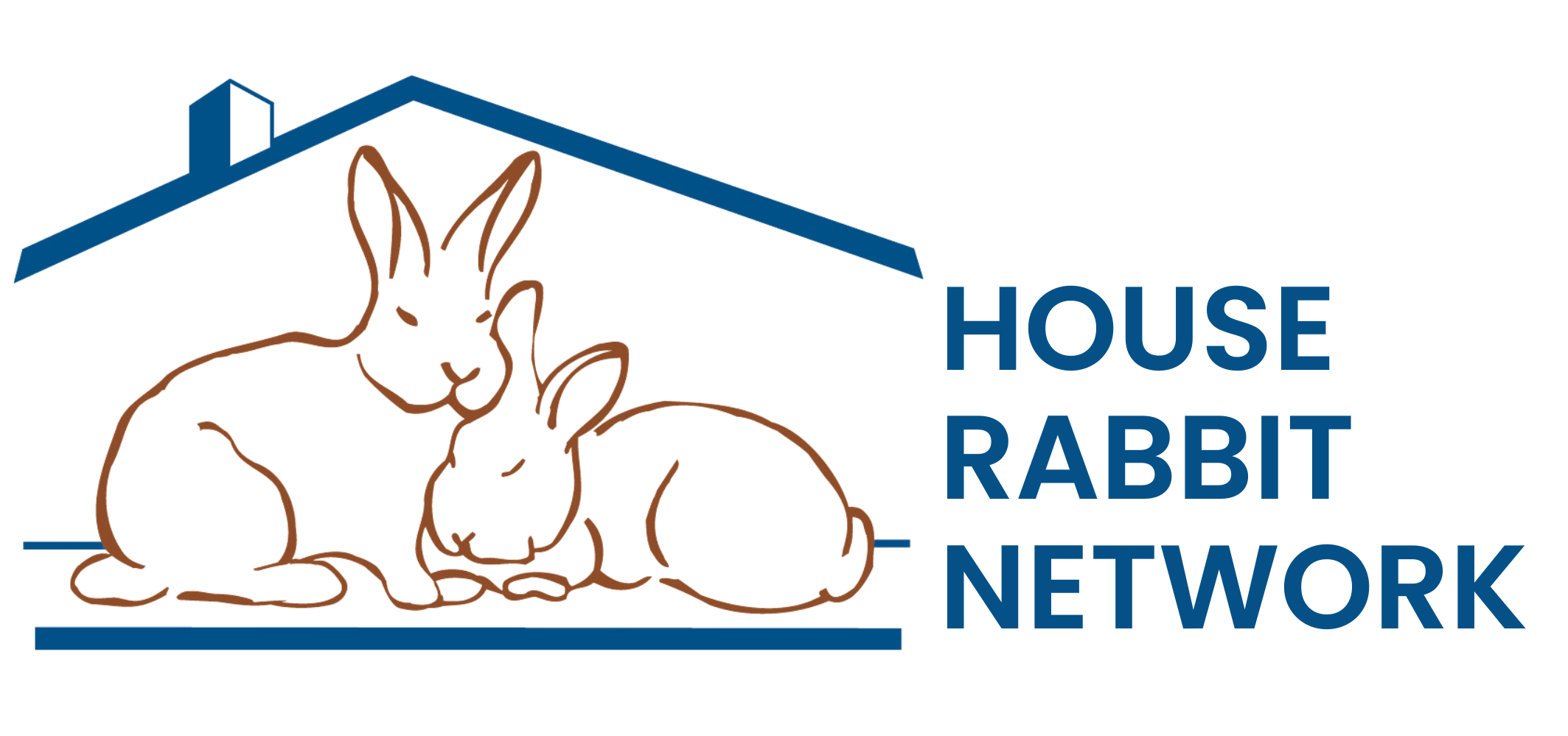Knowing When to Let Go
By Mary Lempert
A few months ago, I had to make the first euthanasia decision of my own regarding my beloved rabbit, Willoughby. He was suffering from hind limb paralysis from a herniated disc, and the pain medications were not helping. In his last days he became incontinent and refused to eat or drink. This was a huge indicator of his condition – Willoughby never refused food.
On his last day we sat together on the couch and he lay listlessly next to me, chattering his teeth in pain. The veterinary specialist could not offer us the promise of relief. I petted his nose and buried my face in his fur. It was clear he was suffering. Even though we felt that ending his pain was the kindest thing we could do, having Willoughby euthanized was still an extremely difficult decision. I have been in the veterinary field for several years as a technician and now as a veterinary student at Purdue University. I’ve faced many euthanasia situations with caring owners and their ailing pets. And now I’ve seen the other side.
As animal caretakers, we are endlessly lucky to be able to provide our pets with a peaceful end through euthanasia but this also means that a huge responsibility falls on our shoulders – we must make the decision to end the life of another. Rarely is the situation black and white, and even when it is, the decision is not easy. Euthanasia is deeply personal, but don’t disregard the many supportive people around you.
Talk to Your Vet – The discussion about quality of life should begin with your veterinarian. Your veterinarian serves an integral role in translating your rabbit’s physical exam, blood work, radiographs, etc., into understandable terms. Vets are trained in animal behavior, so they can also help you understand what your rabbit’s body language and vocalizations may be trying to communicate. A vet can tell if your rabbit is in pain, is unhappy, and whether the animal’s health can be improved or managed by medicine or surgery. Lastly, your vet is not only a wealth of medical knowledge; he or she is also a source of counsel. Veterinarians are trained to advise you, guide you, and support you in your decisions.
Talk to Members of Your Support System – Sorting through emotions and thoughts about your rabbit’s quality of life can be overwhelming. Talking to a trusted friend or family member can be therapeutic. Forcing yourself to verbalize your thoughts can actually help you realize your feelings. Friends and family members want to be supportive, and since they may not be as emotionally involved, they can often provide sound, rational feedback.
Talk to Yourself – It can be surprisingly challenging, but it’s integral to talk honestly with yourself about your rabbit’s condition. It can often help to write down and sort through your thoughts with pen and paper. Loving another and wanting to hold on forever should not trump consideration of an animal’s deteriorating condition. If your rabbit is in unmanageable pain and there is no chance of improvement, you should consider euthanasia.
More often than not, it’s hard to know at a glance if your rabbit’s quality of life is good. It’s easy to ignore the bad days and focus on the good ones, so I recommend using a calendar to keep track. When the bad days consistently outnumber the good ones, consider the possibility that your rabbit’s quality of life may be declining. A good day is one in which your rabbit seems happy and comfortable, and partakes in the typical joys of life.
One strategy for objectively deciding if your pet is happy is making a list of five things she enjoys, for instance: feasting on veggies, cuddling with a bond-mate, chewing on apple sticks, napping on the couch, and running through her tunnel. If your rabbit no longer regularly participates in three or more of her favorite activities, she isn’t comfortable enough to relax, eat, and enjoy life.
Talk to Your Rabbit – Don’t underestimate the importance of talking with your rabbit. Even though she can’t speak in human languages, your rabbit can communicate a surprising amount of information. Sit with her, look in her eyes, talk with her, and listen patiently. Certain behaviors can key you in to your rabbit’s well-being. As a prey species, rabbits hide signs of illness particularly well. Signs of pain and discomfort are usually subtle, but can be indicated by any of the following: loudly grinding the teeth; sitting in a hunched position; squinting the eyes; avoiding social interaction; refusing food, water, or treats; listlessness; depression; weakness; loss of coordination; sudden aggression; changes in litter box habits; unusual vocalization; and the inability to walk or hop. The conversation I had with Willoughby led me to realize and accept that he no longer wanted to be alive. His eyes were glazed over in pain and he didn’t acknowledge me or purr when I pet his head. That I was able to ease his suffering was my ultimate gift to my bunny. I hope that any decisions regarding euthanasia, difficult though they are, will give you the peace of knowing that you acted out of love and in the best interest of your rabbit.
